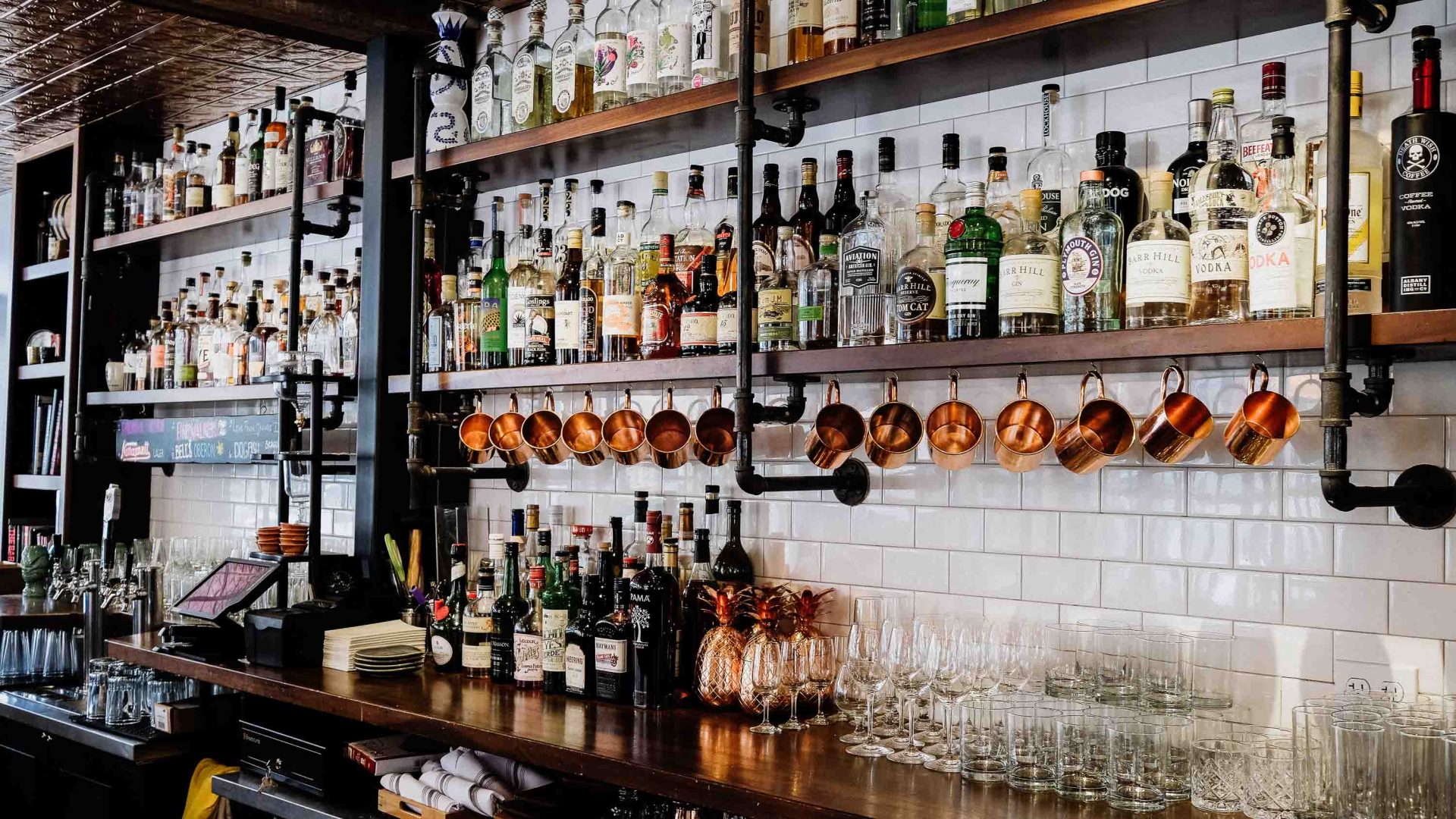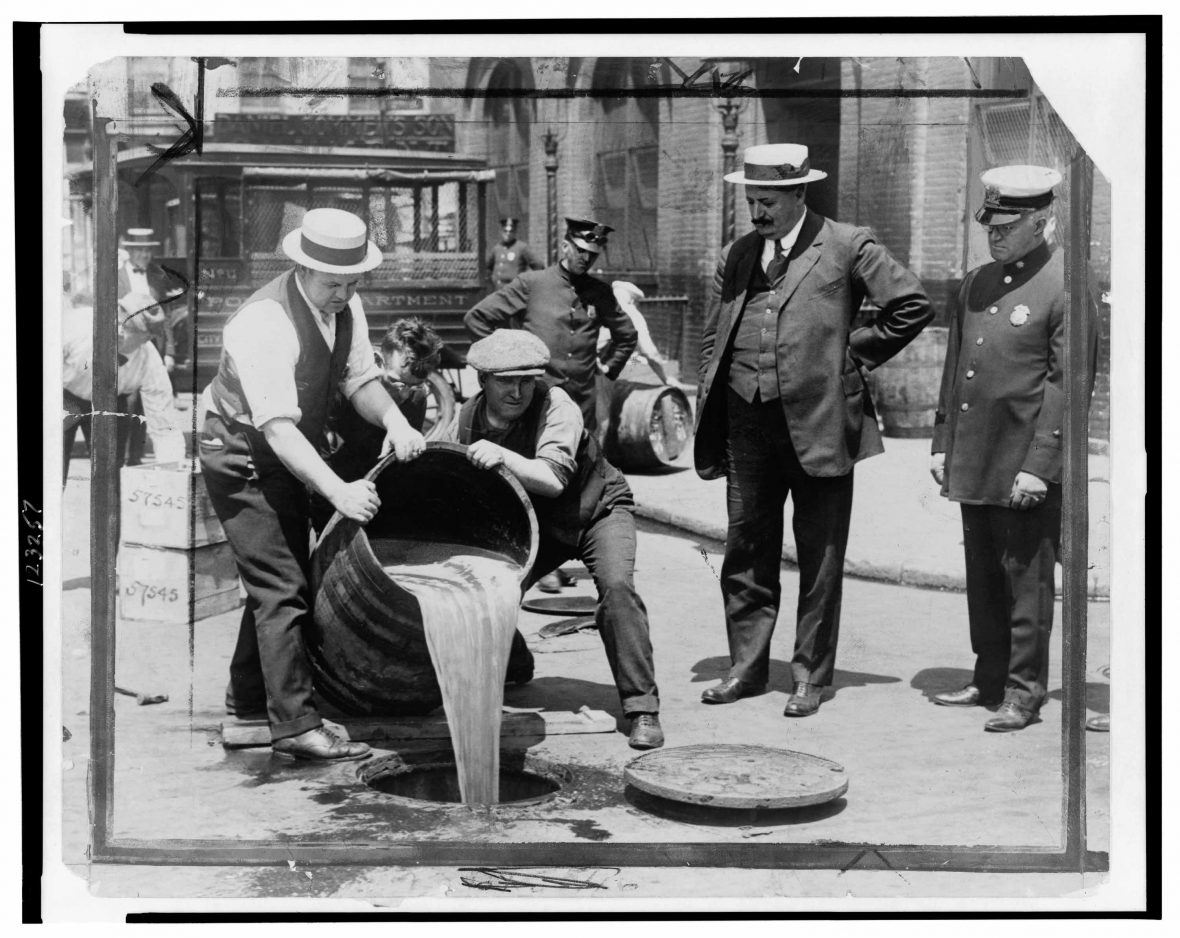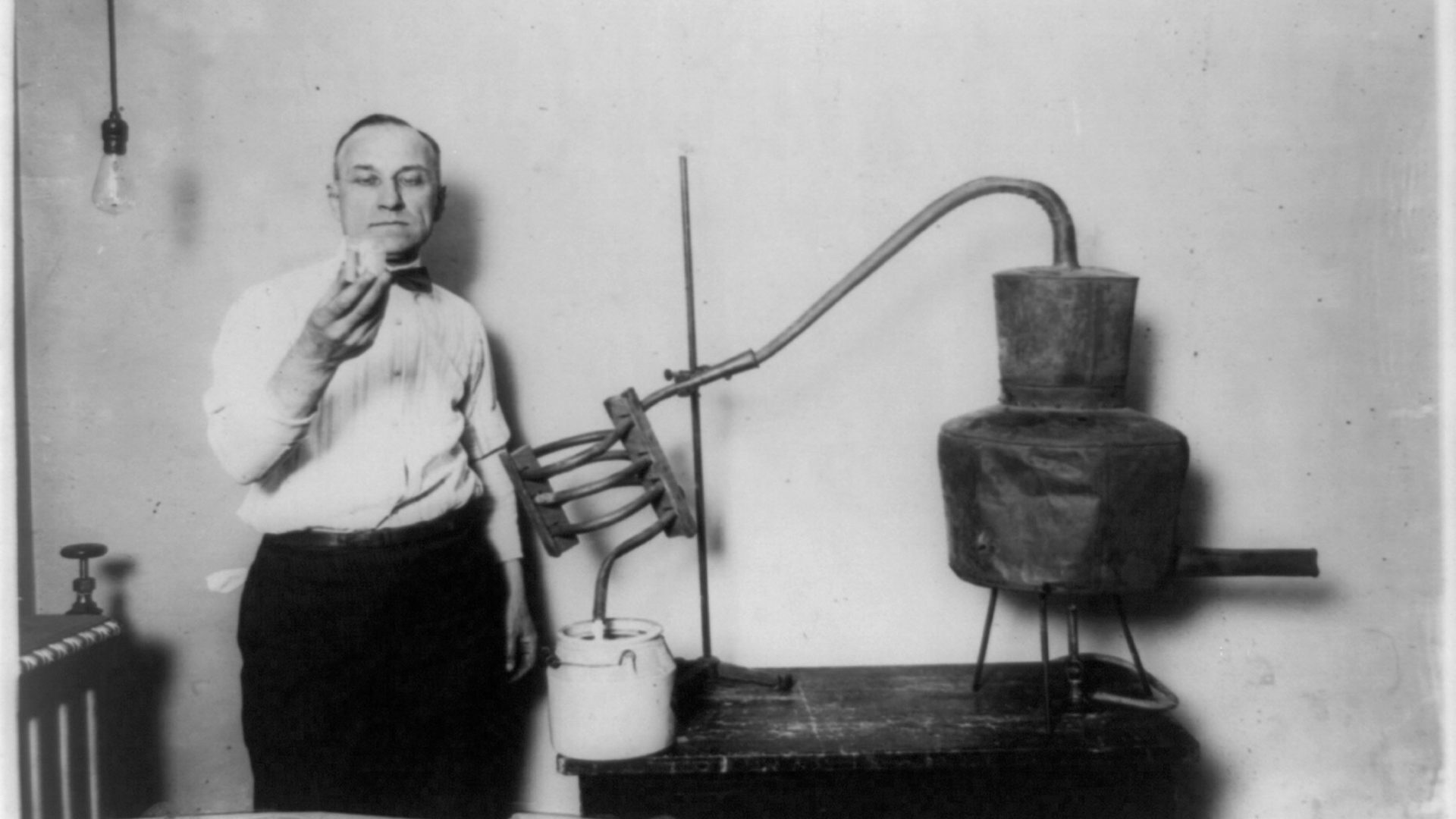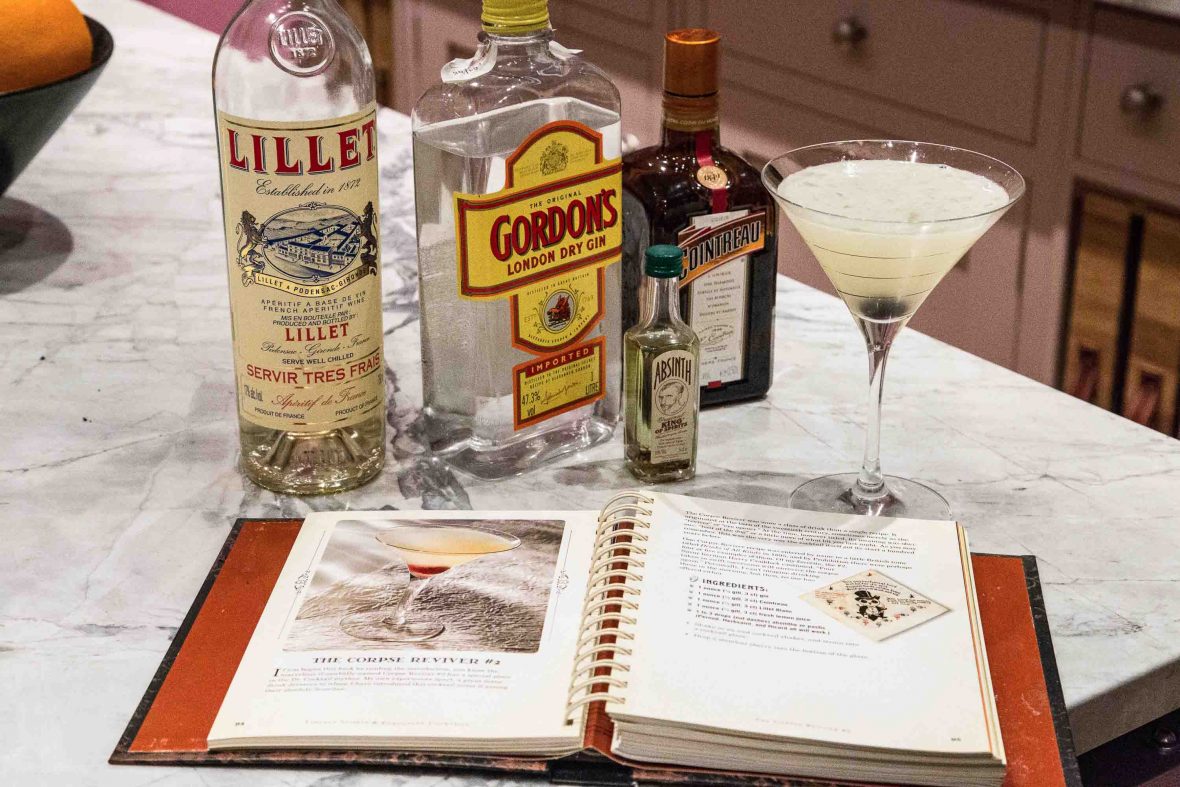
After some well-heeded advice, editor Lauren Steele searches for the origins of a cocktail with a story almost as old as America itself.
Ordering a cocktail becomes decidedly more pleasurable when you know what you’re ordering.
Admittedly, before 2019, I thought I knew what I was ordering when sidling up to a bar, but I didn’t really know. Fortunately, a thoughtful bartender (and friend) named Ivan passed down some advice that stuck with me, even four years later:
“If you are ever in a situation where you don’t know what to order, ask for a Corpse Reviver #2. Everyone will think you know what you’re doing.”
I met Ivan at a notoriously high-brow ski resort in Utah, where I live. There, he judiciously tended the bar, tolerated the come-ons from wealthy divorcées, and occasionally bagged up an extra Wagyu burger with fries at the kitchen’s close for me as a surprise. (As mentioned, very thoughtful.) He was fascinated with the art of mixology, even entering competitions and attending a camp for bartenders. He read Maslow and Kerouac. And he knew the historical irony of ordering a Corpse Reviver.
The garbled nature of the Internet, and history itself, makes it slightly challenging to sift through where the actual origins of the Corpse Reviver lie. But according to my best research, it looks something like this.
A December 1861 edition of the magazine Punch is the first place Internet scholars have found the words “corpse reviver” used to describe a drink’s back-to-life qualities. An 1871 recipe for a Corpse Reviver printed in the Gentleman’s Table Guide called for a wine glass to be filled half with brandy, half with Maraschino, and topped with two dashes of Boker’s bitters. Other recipes call for brandy, vermouth, gin, Cointreau, Lillet blanc, cognac, Calvados, and other botanical mixers and juices.












